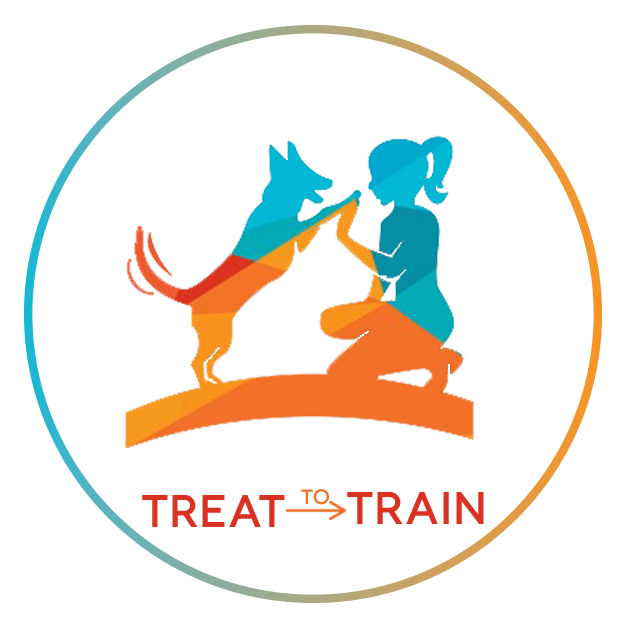The Science of Contrafreeloading for Dogs
Contrafreeloading is a fascinating phenomenon where animals, when given a choice between free food and food that requires effort to obtain, often choose to work for their meals. This behavior has been observed across various species, including birds, primates, goats, and even domesticated pets like dogs and cats. The concept challenges the traditional assumption that animals always opt for the easiest route to resources, highlighting their intrinsic need for engagement and mental stimulation.
The Science Behind Contrafreeloading
The term “contrafreeloading” was coined by animal psychologist Glen Jensen in 1963 during his research on white rats. In his experiments, rats consistently preferred to press a lever to obtain food pellets even when identical pellets were freely available. This preference has since been observed in a wide range of animals, including zoo species, livestock, and pets.
A recent study published in Nature adds further depth to our understanding of this behavior. It reveals that contrafreeloading may be tied to an animal's innate desire to explore and control its environment. Foraging, problem-solving, and working for rewards are essential survival skills for animals in the wild, and contrafreeloading may be a manifestation of these deeply ingrained instincts.
Contrafreeloading and Pet Enrichment
In the realm of pet care, understanding and leveraging contrafreeloading can significantly enhance your companion's wellbeing. Animals naturally engage in species-typical behaviors like foraging, hunting, or problem-solving. Without opportunities to exercise these behaviors, pets can experience boredom, frustration, and even behavioral issues. Incorporating contrafreeloading into their daily routine is an effective way to prevent these issues and enrich their lives.
For example, using food puzzles or interactive feeders allows pets to channel their energy into productive activities. These tools mimic natural foraging and provide mental stimulation while fulfilling their dietary needs. For cats, this might mean using a treat-dispensing toy, while for dogs, it could involve hiding kibble in a snuffle mat or Kong toy.
The Role of Choice and Skill in Contrafreeloading
The benefits of contrafreeloading are closely tied to the elements of choice and skill. Studies indicate that animals are more likely to engage in contrafreeloading when they have the option to choose between free food and food that requires effort. This choice empowers them and adds an element of autonomy to their routine, which can reduce stress and increase satisfaction.
Additionally, the animal's familiarity and proficiency with the task at hand are crucial. If a food puzzle is too difficult, it can lead to frustration and avoidance rather than enrichment. Starting with simple puzzles and gradually increasing the complexity as your pet becomes more adept ensures a positive experience.
Implementing Contrafreeloading in Your Pet's Routine
To incorporate contrafreeloading into your pet's daily life, follow these steps:
Introduce Food Puzzles Gradually: Start with easy-to-use puzzles or toys and let your pet learn how to interact with them. For beginners, consider treat balls or lick mats.
Maintain a Balance: Always provide free food alongside food puzzles to allow your pet the freedom to choose. This reinforces their autonomy and ensures they never go hungry.
Observe and Adapt: Monitor your pet’s engagement. If they seem frustrated or uninterested, adjust the difficulty of the puzzle or try a different type of activity that aligns with their preferences.
Rotate Activities: To prevent boredom, switch up the puzzles and enrichment activities regularly.
Broader Implications of Contrafreeloading
Contrafreeloading isn’t just for pets—it has practical applications in zoos and animal sanctuaries as well. Providing captive animals with opportunities to work for their food helps replicate their natural behaviors and improves their quality of life. This approach aligns with modern enrichment standards and is becoming an integral part of animal care practices worldwide.
Learn More About Enrichment
Contrafreeloading is just one aspect of the broader topic of enrichment, which encompasses any activity that supports an animal’s physical, mental, and emotional health. To explore more about how to enrich your pet’s life and the science behind these practices, tune into our latest podcast episode featuring Dr. Eduardo Fernandez. As a renowned expert in animal behavior, Dr. Fernandez delves into the nuances of enrichment and shares practical tips for pet owners.
Click here to listen to the podcast
By thoughtfully incorporating contrafreeloading into your pet's routine, you can promote mental stimulation, physical activity, and overall well-being, ensuring a happier and healthier life for your beloved companion.



